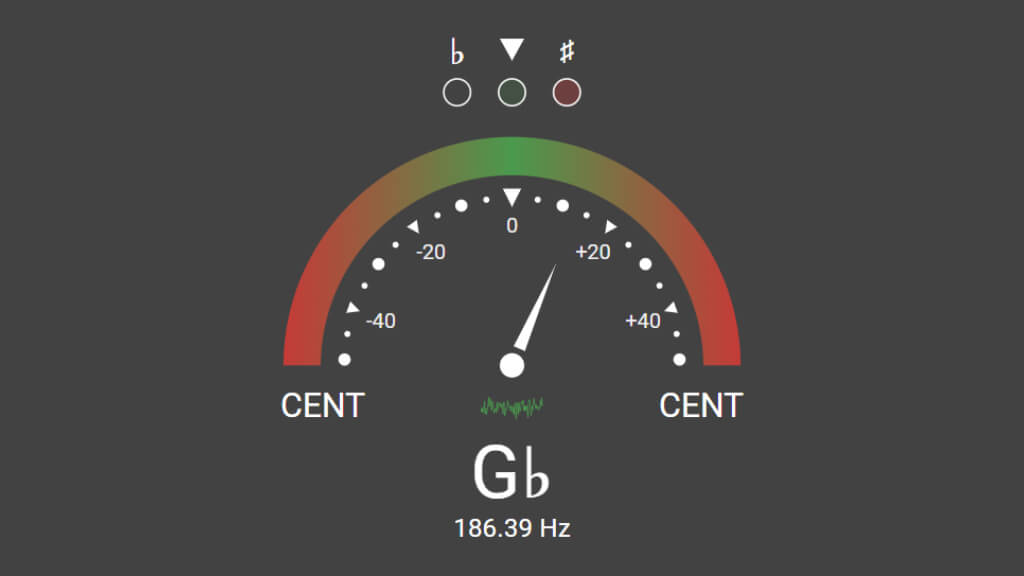Formula and Structure of the D#7b13 Chord
Interval formula from the root note: 1 — 3 — 5 — b7 — b13. The chord consists of the following notes:
- Eb — unison and the main tonal anchor.
- G — major third with a bright major quality and clear stability above the tonic.
- Bb — perfect fifth, stabilizing the triad and adding tonal grounding.
- Db — minor seventh with dominant pull toward the tonic.
- B — flat thirteenth with a modern dominant shade, best in the middle or upper register.
Together, these notes form the harmonic foundation of the D#7b13 chord, defining its sound and role in the musical context.
Alternative Names for the D#7b13 Chord
There are no alternative names for this chord.
Using the D#7b13 Chord
Build a stable frame from the 3 and b7, keeping them in fixed positions. Add colors (#9, b9, #11, b13) sparingly to preserve clarity. Classic usage is II–V–I, but it can also work in bebop runs. It’s useful to omit the fifth temporarily to make room for color tones.
Conclusion
D#7b13 is an expressive and versatile chord. Learn several fingerings, experiment with different positions and voice spacing, then try weaving it into your own playing — this will help you quickly find your unique tone.













